"Pliers-pliers! Well, what's the difference! ", - the wife can exclaim at the grumbling of her husband, that she gave him the wrong tool for work. However, there is a difference, and it is huge. Only an amateur can call pliers pliers. But they are not! Or rather, to some extent they are, but not only them. So, in today's article, we'll talk about what pliers are, what kinds of pliers are, and how to choose this right tool correctly, using the business advice read (and seen on the video) today in this article.
Content
What are pliers, their types and features
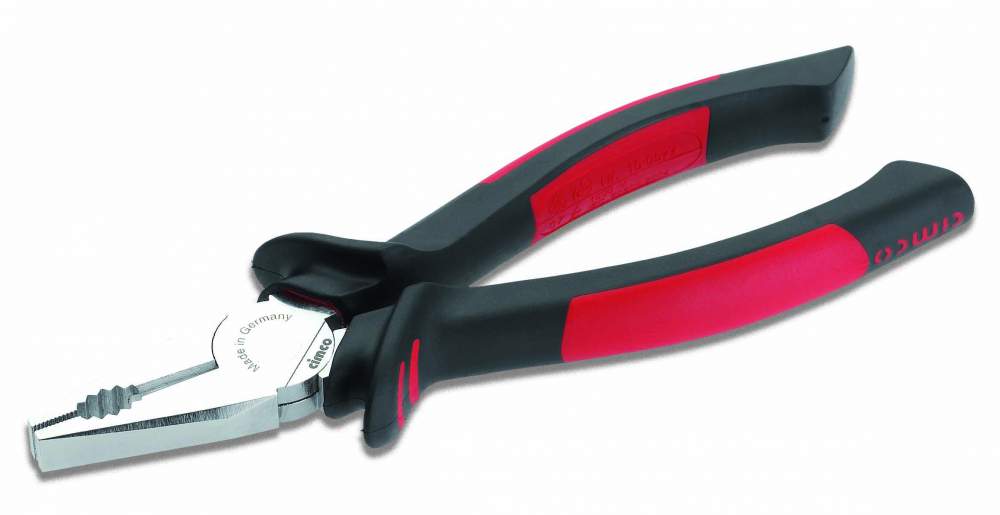
Pliers - a tool for locksmith and installation work. Pliers are, if you can say so complex, integral, multifunctional tool. With their help you can successfully grasp and clamp various parts, unscrew the bolts and nuts. And the shape of the parts with which they will work, has absolutely no value, because the pliers have special grooves and grooves, designed specifically for locksmith work with different types of materials. So, the pliers usually have one or two pairs of notches of dentate shape in order to conveniently grasp and rotate all kinds of cylindrical parts.
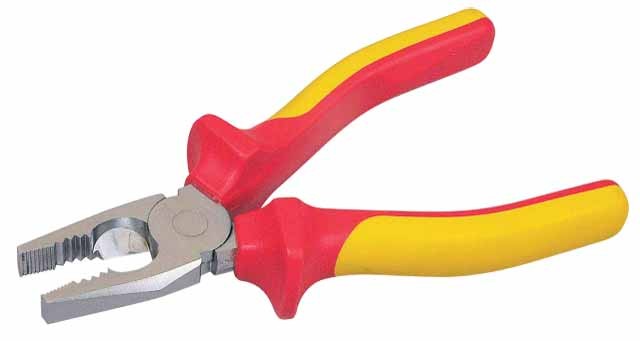
Universal pliers combine, well, just like in advertising, three in one - it's pliers, side cutters, and cutters (in the hinge) for cutting all kinds of wire of absolutely different size and diameter.
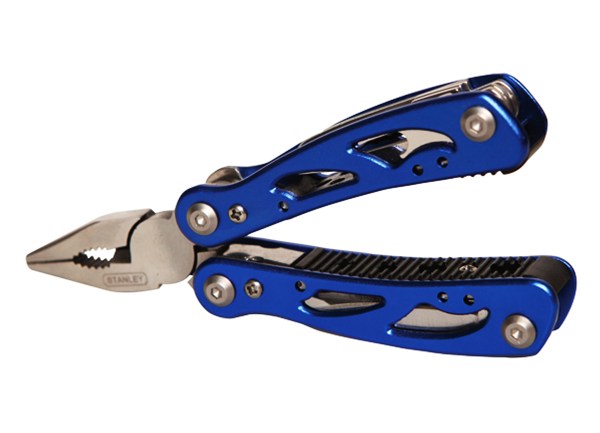
Also you can find on sale pliers, which at the ends of the insulated handles have an awl (at one end) and a screwdriver (on the other). This is truly a universal tool!
Pliers are of three types: dielectric, combined and for eyelets.
Dielectric pliers are an electrical installation tool. They have insulated handles. Isolation, as a rule, is a special plastic-dielectric.
Combined pliers - is a universal tool for different types of work, combining several instruments for completely different purposes.
Pliers for eyelets (metal rings) - this, in fact, not pliers in the truest sense of the word, but a punch. Yes, it's the punch-hole puncher. With the help of such a tool, a hole is punched in the material (in fabric, plastic, leather, cardboard, etc.) for the installation of a ring (rivet), which is immediately, in fact, installed in the punched hole. Pliers for eyelets are either fully automated or partially.
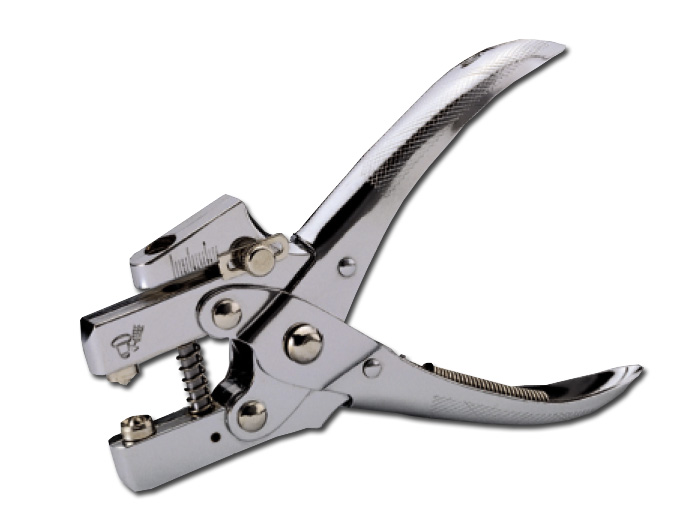
But what is the difference between pliers and pliers? Let's find out.
What distinguishes pliers from pliers
In short, pliers from pliers are different in that they are a multifunctional tool, and pliers have only one primary function - grip (well, and snack too, of course). Next, we'll show the pliers on the photo.
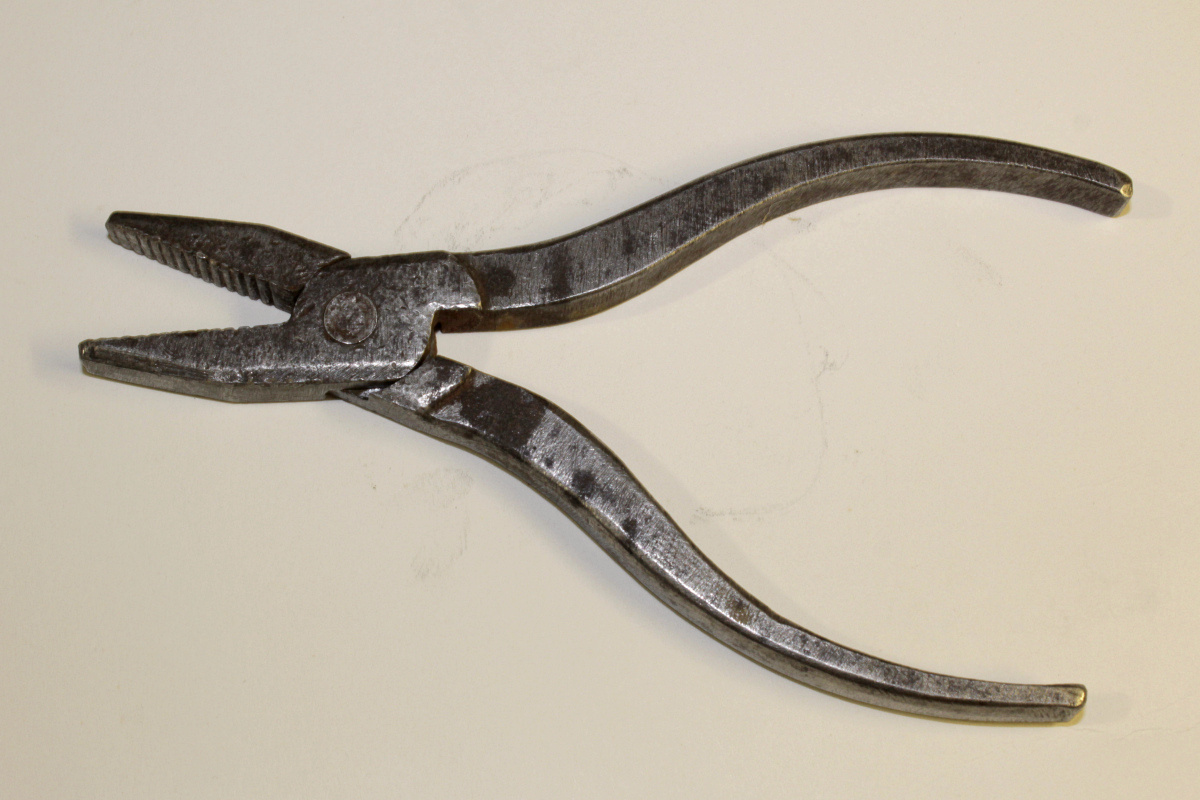
If, remembering the well-known riddle about the egg and chicken, to understand what appeared earlier - pliers or pliers, then we must admit that initially there were only pliers, and only then they were upgraded to the level of pliers, becoming a separate tool. Also, pliers can snack any wire, and pliers can not cope with every one. These are modern pliers:
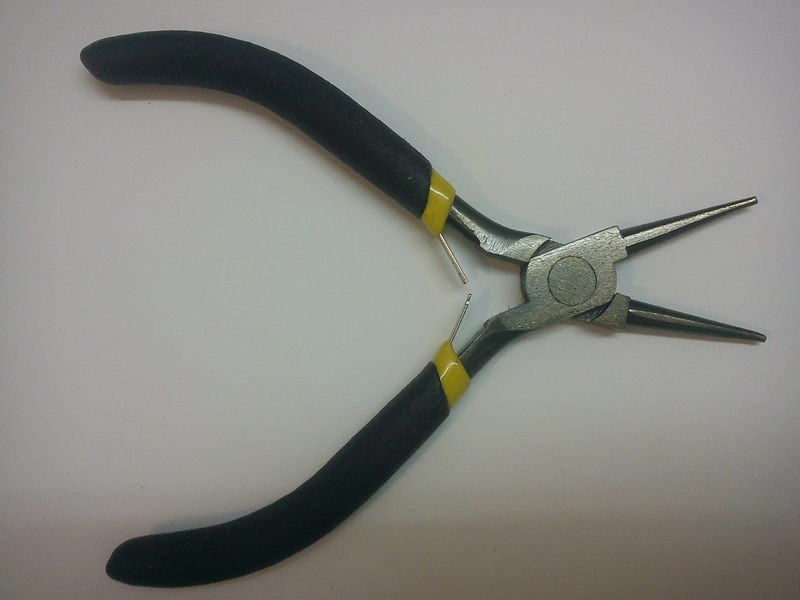
Pincers can reliably capture any detail, since they have special figured notches for this, and pliers - can not. That is, summing up the question, what distinguishes pliers from pliers, we can say that pliers have only one function, and pliers have a lot of them. Even from the "relatives" of these tools for the house you can call the cutters and side cutters, but we will not talk about them here. This is how the side cutters look:
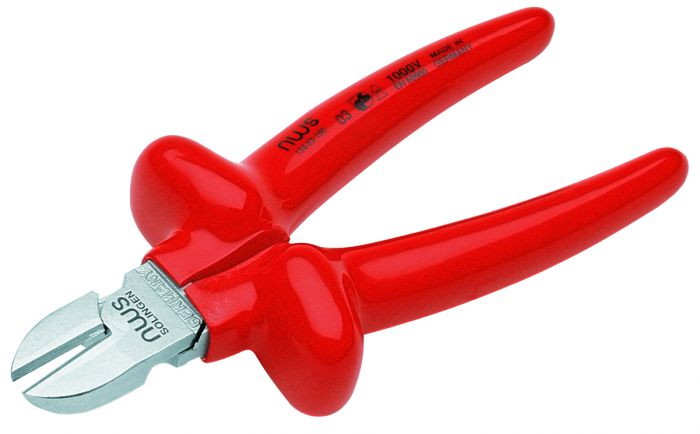
And so - pliers:
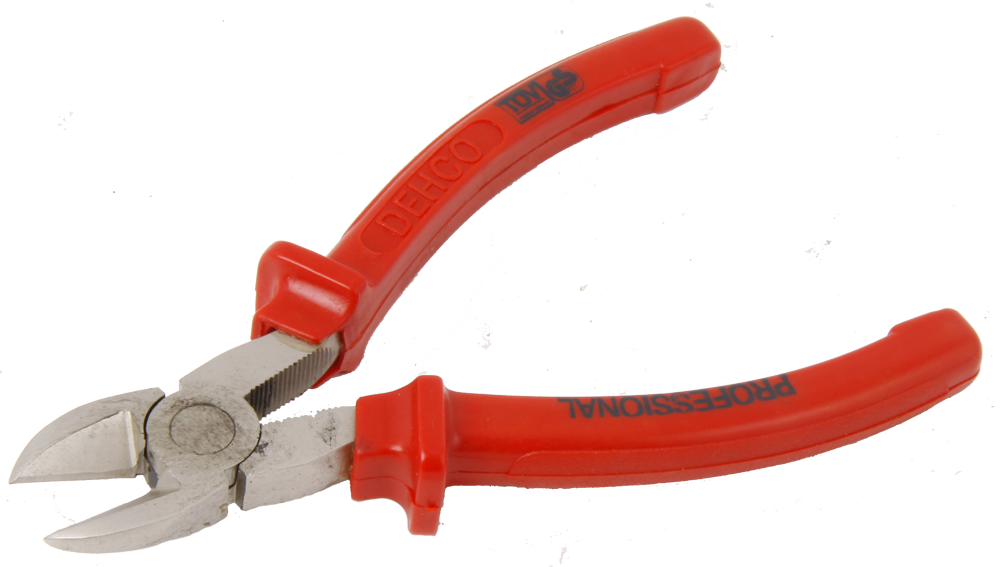
How to choose the correct pliers
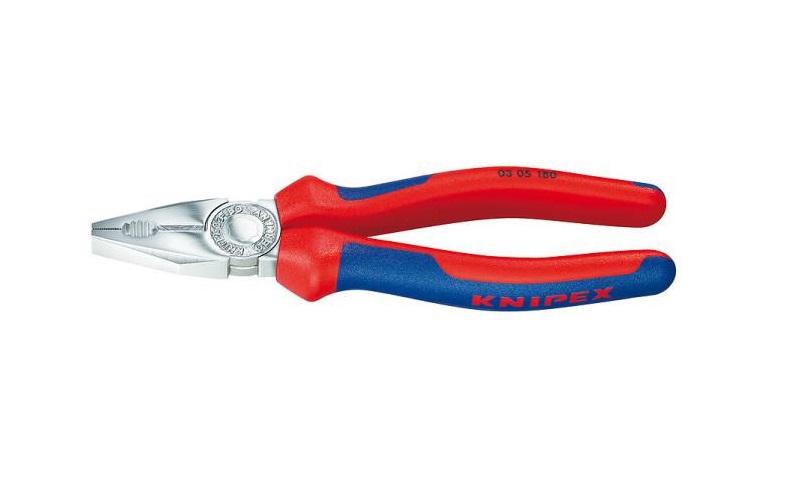
Any instrument should be an assistant in the house, not a cause for injuries and disorders. Therefore, the choice of pliers (and pliers, of course), as well as the choice of any other tool for the home, must be approached carefully. In the beginning, even before going to the store, you need to determine for yourself what you really want. Why did you decide to buy this or that instrument? After all, it's not a secret that in the store eyes run up, and everything that the seller offers seems to be necessary and even necessary, but in the aftermath often turns out to be unclaimed. Therefore, after thinking everything over and collecting enough information about what this or that tool is and which manufacturer is the best, safely go to the store.
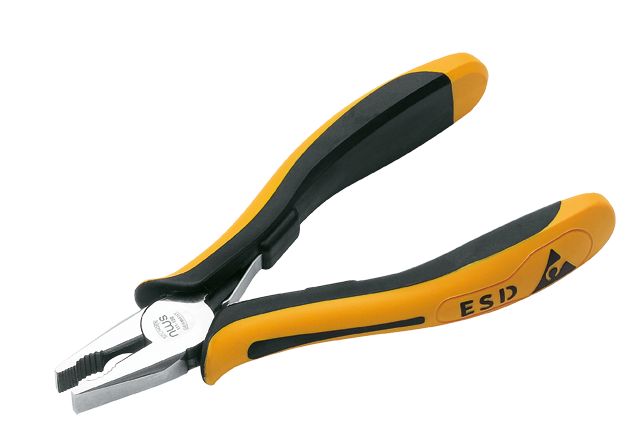
When choosing pliers, pay attention to the material from which they are made. Do not buy cheap Chinese goods, flattered at its price. Believe me, here, as nowhere is the proverb that the miser pays twice. Yes, it is better to purchase a quality tool of a well-known firm, but for life, than to experience disappointment due to a broken Chinese product.
Please note whether this tool is made of a homogeneous material. It is important that both the handles, and the sponge, and the hinge part of it, be identical in strength. It is advisable to purchase pliers. Made from hardened steel of premium class. Such steel is hardened not only by the influence of high temperature, but also by current.
Pliers must necessarily have an anti-corrosion coating (preferably, chrome or chromium-vanadium), or be galvanized.
Next, as the programmer selects the mouse, lay his hand on it, and you take the pliers exactly as you will take them while working. The hand should be comfortable. This is called ergonomics. Now try to twist them in your hand the way you do in the process. Pay attention to that the hand does not slip, and also that the sizes and the form of handles correspond to each other. To avoid slipping hands on the instrument manufacturers make special anti-slip lining on the plastic handles of the pliers. Sometimes, to work with chemicals, they may need pliers that are resistant to chemical agents.
In any case, the most important thing is that you like the tool!
So, we hope that our little article turned out to be useful for you, and that you have found answers to such questions as "what are pliers" and "how different pliers from pliers". Next, we bring to your attention a small video on the topic "pliers and pliers."



















